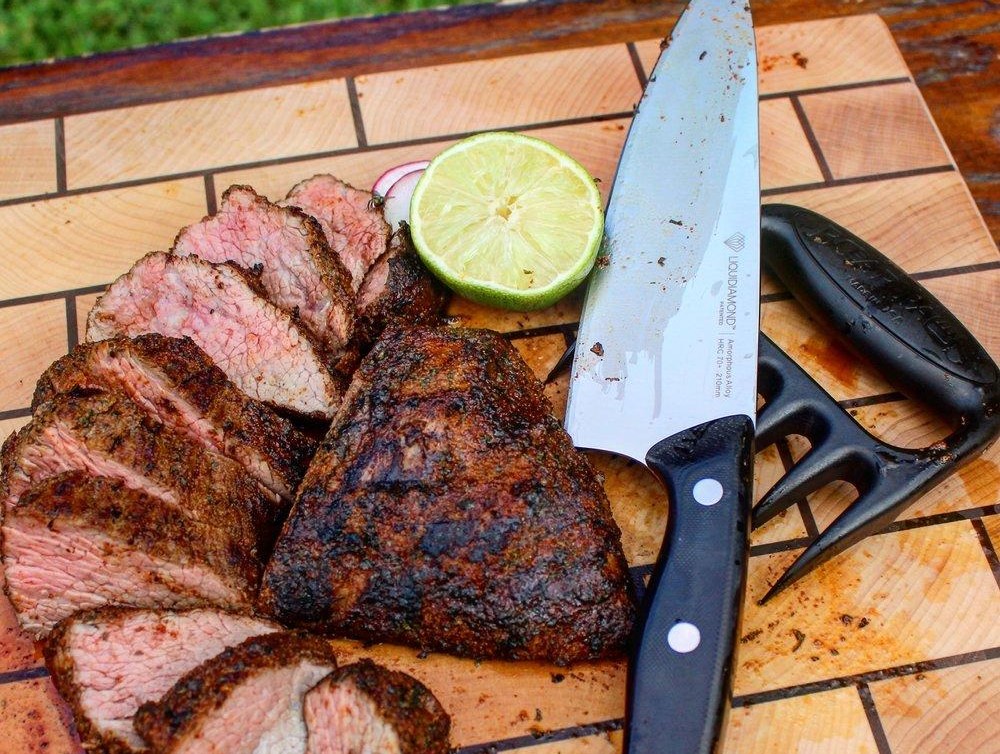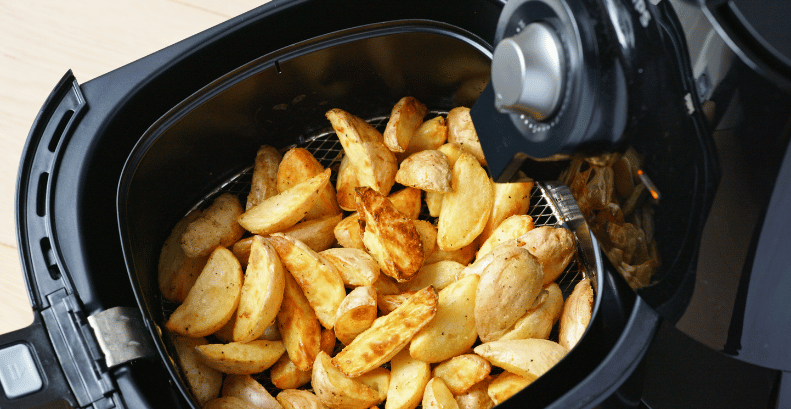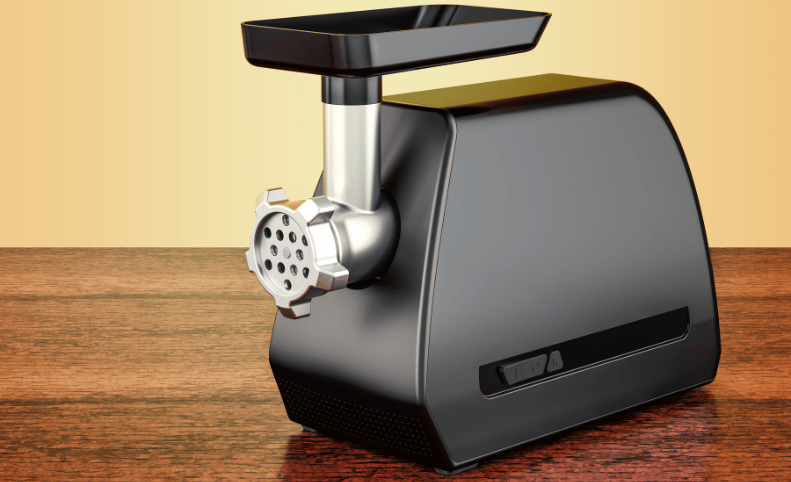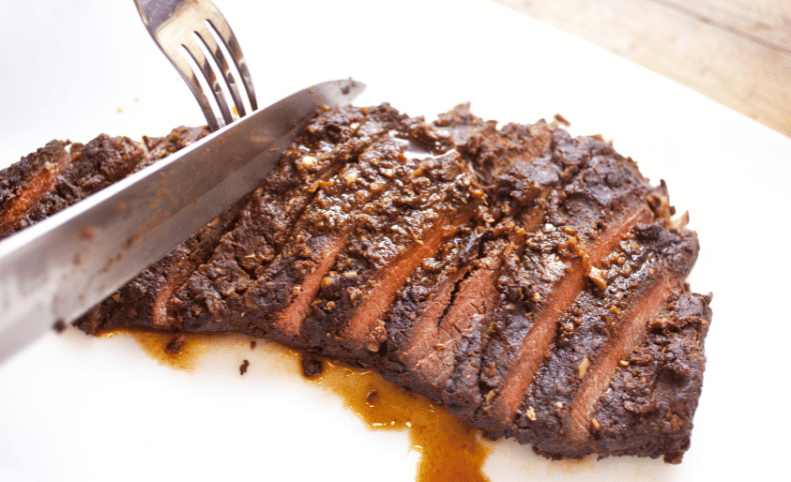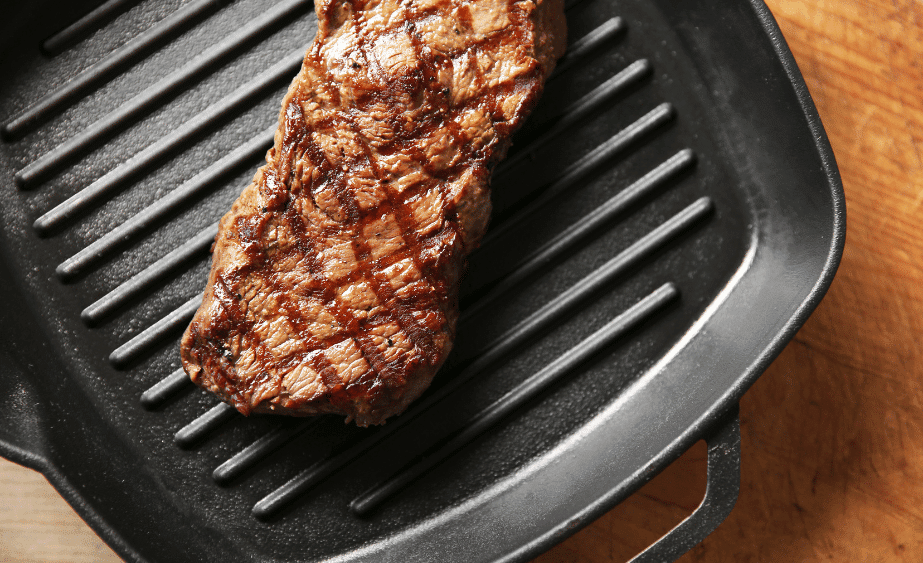

Most people love jerky because it is tasty and a favorite snack for campers and hikers. Jerky is a protein-rich snack that you can easily pack up without adding any more weight to your bag pack. The best part is that you can make it yourself. Homemade jerky is cheaper and also a healthier option.
It is very easy to make a jerky especially if you know the right cut to use, how to marinate your protein, controlling the heat, and getting the right doneness. However, how to tell when jerky is done? In this post, we will show you how you can know when your jerky is properly cooked.
Like we mentioned earlier, one of the benefits of making your jerky at home is that it is more affordable than buying the already made ones. You also get a fresher and more delicious taste. You are also free to choose your seasonings and spice to your taste. Most jerky grillers speak highly of the Traeger Jerky Rub. This rub is ideal for beef or chicken jerky. If you have decided to make homemade jerky, there are some things you should know. The process can be quite confusing for newbies but here is what you need to know.
Before you go ahead to make your jerky, you need to have a food thermometer with you. If your smoker or oven doesn’t have an inbuilt thermometer, the food thermometer will come in handy letting you know what temperature you are working with. You also need to preheat your oven before making your jerky. Pre-heating to 145°F will help kill any bacteria that may be in the oven.
Jerky could take about four to twelve hours to dry. However, the time will depend on the type of meat cut. Thicker cuts will take a longer time to dry in the dehydrator. The drying time is not always specific because people tend to cut their meat differently. You can only get an estimate but the best way is to estimate at least 10 full hours for a completely dried meat.
If your jerky feels like crumbles, it means it is overcooked. The right texture should be a leathery and gummy feel. If the jerky is properly cooked, it shouldn’t be difficult chewing your meat. It is also fine if your meat has a little crunch and even though it looks dry outside, the meat should still feel chewy.
Most people prefer to use a dehydrator to make their jerky but that is not the only way to prepare it. You can also use a pellet smoker to make your jerky. Smokers are much easier to clean after use than a dehydrator but you still get a tasty jerky at the end of the day.
Using a smoker for your jerky is great because you will get a feel of that smoky flavor in your meat. The first step to smoking your jerky is choosing the right cut of meat. You will need a slicer for your beef and do all the necessary marinating so the taste is right. Then you can place your meat on a jetty rack, inserting it in the smoker.
One of the most recommended vault jerky racks by grillers is the Camp Chef 18-Inch Smoke Vault Jerky Racks. There are two jerky racks in this product and it has a durable construction that is nickel-plated.
Make sure to preheat to a temperature of 180°F. You will need low and slow heat to prepare jerky in a smoker.
You also need aluminum foil to prevent any mess and also keep your meat lying flat and not folded. You can use any type of smoker for your jerky. It will take a couple of hours for it to be properly cooked. The cooking temperature should be between 170°F to 180°F to get the proper texture. When it is done, you will notice that the meat is tender and chewier. You can also keep it longer if you want it to be crispy.
Using a dehydrator is one of the most popular ways to make your jerky. This traditional drying method helps take away the water from the meat. Like smoking, you will need to cut your meat in lean pieces and ensure that all the fat is trimmed off. When this is done, you can begin the drying process. If you are using a dehydrator, you need to pre-heat it to 145°F. The process should take at least 15 to 30 minutes to be properly pre-heated.
When this is done, you can then set your already prepared and marinated meat in the dehydrator to begin the drying process. It should take about 6 to 10 hours to reach the right amount of dryness. You can remove your meat strips to test if it is dry enough. You will need clean tongs to get it out and hang it on a wire rack to cool down. When it is dry you can bend the strip, if it is properly dried it won’t break in half but will instead make a crack sound.
The meat strip should be firm and flexible at the same time but not crumble to pieces. It should also not feel greasy or sticky on the hands if it is properly dried.
There are many jerky options to try out especially if you are planning to make one yourself. Most people are more familiar with the beef option but you can also use other meat types to make your jerky. The most important thing is getting the right cut and making sure you use only lean meat. Fat in the meat will affect the drying process because fat does not easily dehydrate.
Using beef is one of the common ways to make a jerky. You can make your beef jerky yourself and season it to your taste. You can choose to use a dehydrator or a smoker to dry beef. The time it would take to dry will depend on certain factors.
The first is the part of the meat and then the thickness. You also need to watch out for the fatty areas which will make it take longer for your meat to dry. The process of heating will also determine the drying time. Whether you use a dehydrator or a smoker and also the temperature you serif at. The seasonings you apply can also affect the timing but it is better to drain out the marinade from the beef strips properly before heating it.
The timing will differ and could take as low as four hours or even more than six hours to properly dry. You can test the strips to be certain that it is properly dried.
One of the best choices of meat for jerky is deer meat. You can use any part of it to make your jerky. They usually have the best cuts around the rump roast and eye round or better yet, the hind legs of the deer. Deers have a lot of muscle fibers going in the same direction in the roasts which will help your jerky. You can make big cuts or smaller cuts depending on your preference.
However, the best cuts for deer should be about 1/8-inch thick strips. It should not be cut too thin because it will become overdried. The best method for preparing deer jerky is to partially freeze the meat before heating. When it is properly dry, it should be chewable and you won’t need to gnaw on the dried muscle fibers.
Bacon jerky is another delicious recipe you should try out. You can make it in many delicious flavors like candied bacon jerky or maple bacon jerky. This jerky can be cooked in a dehydrator, oven, or smoker. The best way to prepare it is to use thick sliced bacon but if you want it to come out crunchy, you can go for the regular-sized cuts. It will take at least three to four hours in an oven for the bacon jerky to reach the right dryness. The bacon jerky will also spend similar time with a smoker. When drying with a dehydrator, it takes longer to cook. You will need to keep it in the dehydrator for between 4 to 6 hours.
You can use chicken or turkey for your jerky. Chicken is a favorite for many and it also takes a much shorter time to marinate it. It is healthier than using red meat but the only problem is that you need to cook the chicken at the right temperature.
If you don’t follow the right temperature, you stand a risk of allowing food bacteria like salmonella to thrive. You should have a food thermometer to ensure that your chicken is cooked safely.
The best part to use is the chicken breast because it doesn’t contain too much fat like other parts. You should set your dehydrator to a heating temperature of 160°F. It will take at least 6 hours for the chicken strips to properly dry. However, if you are using larger pieces, it will take about 8 hours to dry.
Fish is another great jerky you should try out. Although, it is the messiest but is very delicious. You can use it to make other homemade delicious recipes. You can easily make your fish jerky with your dehydrator, oven, or smoker. Fish contains low fat but you can’t use oily species like the catfish to make your jerky. You will need to cut your fish in thin strips before seasoning. Drying fish will require low heat especially if you want it to retain its nutrients. You can heat it between temperatures of 110°F to 150°F. The drying time will depend on the temperature and the thickness of your fish strips. The dried jerky should be bendable and will be quite brittle.
Now that you know how to tell when jerky is done, it should not be difficult to make your homemade jerky. There are many benefits you get from making one yourself and you can share this delicious recipe with your family. You should know how to tell when it is done, so you don’t end up with an overcooked jerky. You can try out the different types of meat options and even cooking methods, you will still end up with a delicious result. The best part of making jerky is that you can easily store them to prepare other meals. They can keep for a long because all the moisture has been removed through the drying process.
